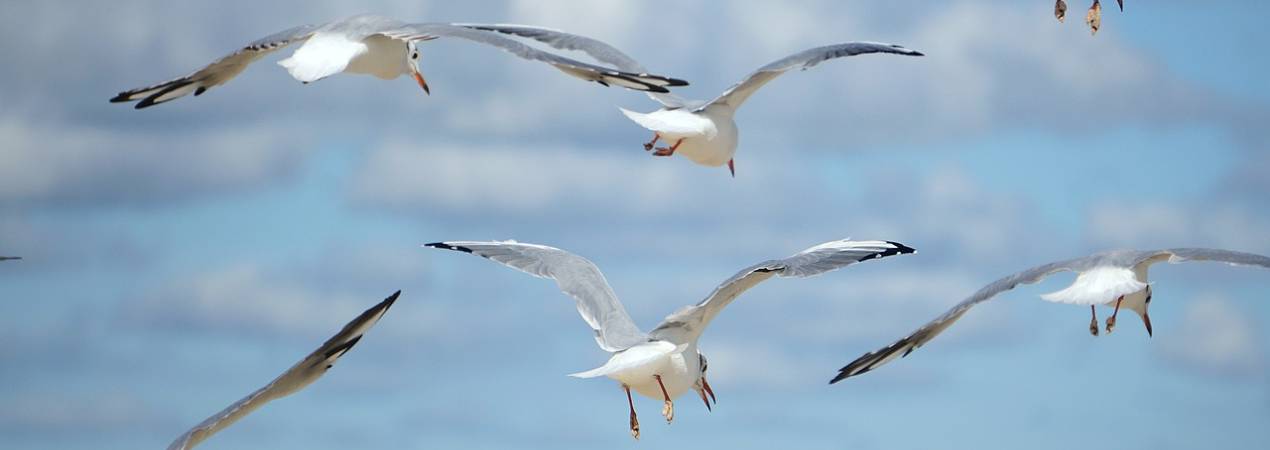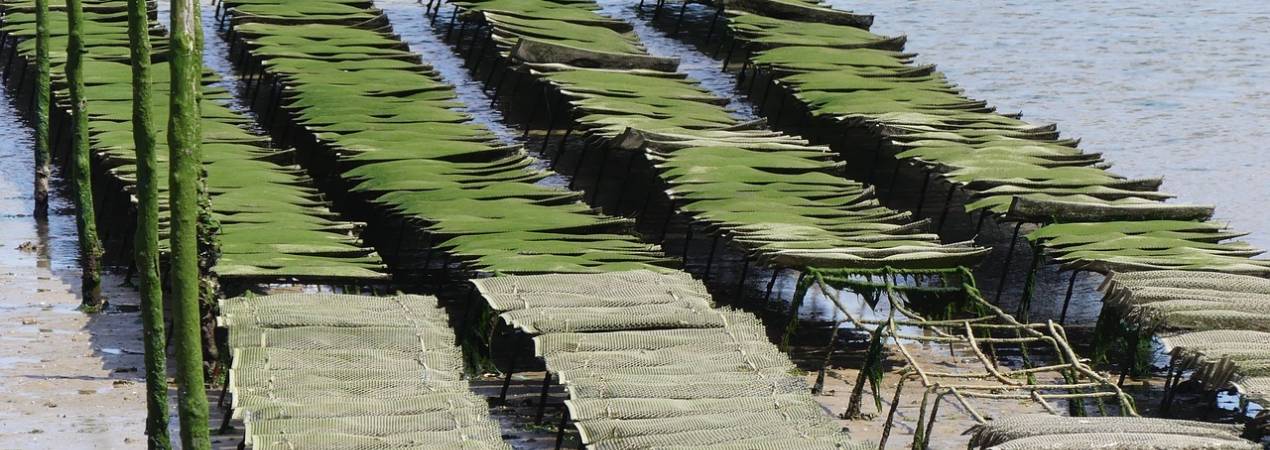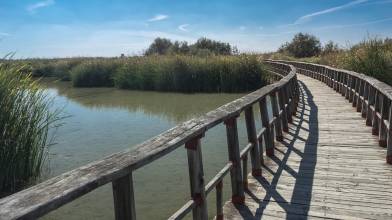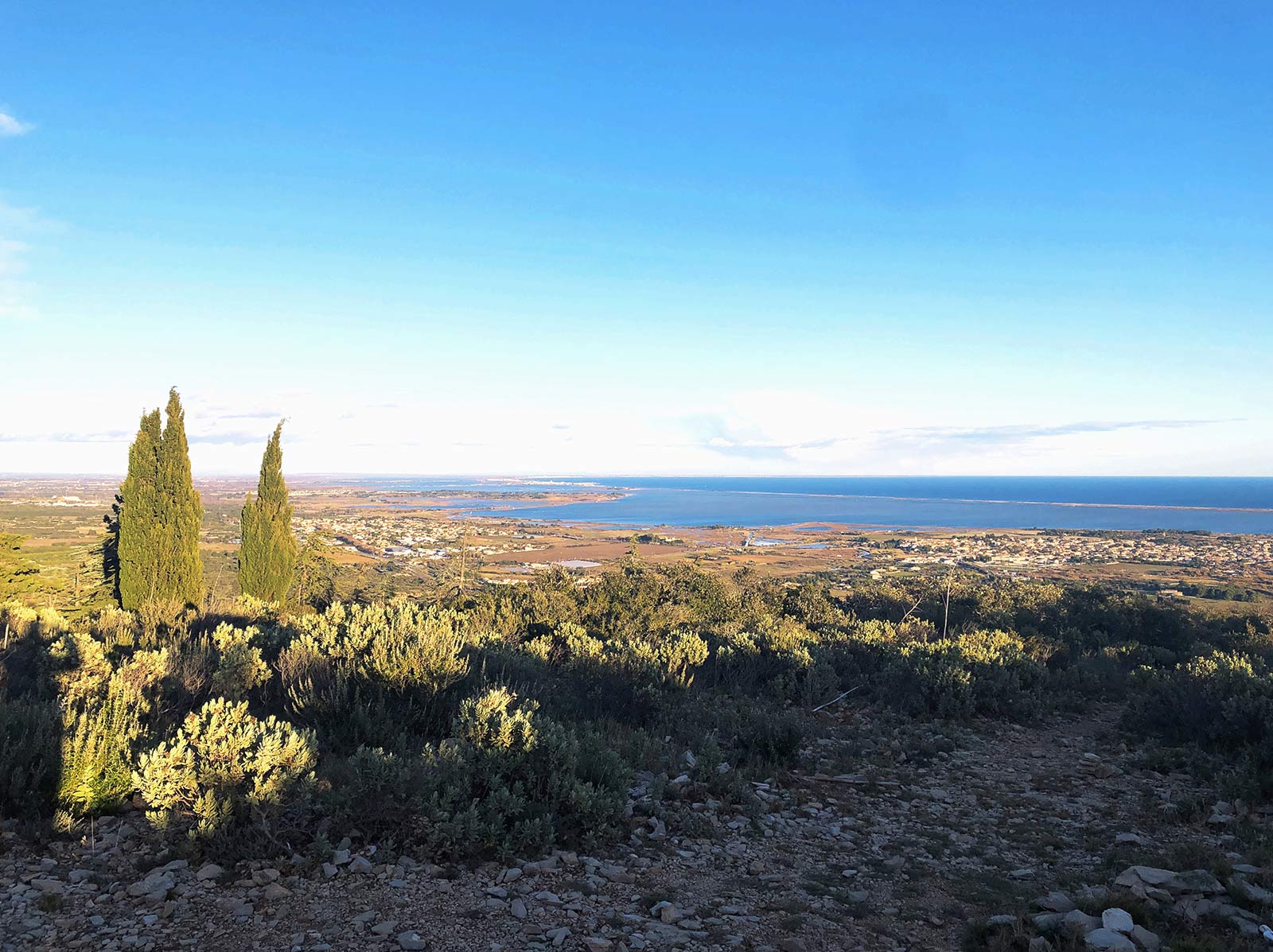Stretching from Marseillan to Sète and bordering a number of towns including Mèze, Bouzigues and Balaruc-le-Vieux, the Etang de Thau is the largest lagoon in the Hérault department. With a length of 19 km, a width of 5 km and an average depth of 4.50 m, it is also the largest body of water in Occitanie.
This inland sea offers a host of leisure activities. Visitors come here to discover the exceptional natural surroundings, but also for water sports and oyster and mussel tasting.
It's just twenty minutes from the Altéa campsite in Hérault, the ideal starting point for exploring other must-see sites in the south of France.
Etang de Thau in 8 figures
- 8 is the number of communes in the Sète conurbation that border the lake: Marseillan, Mèze, Loupian, Bouzigues, Balaruc-le-Vieux, Balaruc-les-Bains, Frontignan and Sète.
- 7,500 is the surface area in hectares of the Thau lagoon, nicknamed "Le Jardin" because of its oyster beds (oyster farms) and shellfish beds (mussel farms). This body of water is also known as the "Bassin de Thau" or "Thau Lagoon".
- 340 million m3 is the volume of water in this lagoon. The lagoon is separated from the Mediterranean Sea by a barrier beach that forms a series of pretty beaches near Sète.
- 100 years and more - that's how long Bouzigues oyster farming has been renowned in the region.
- 800 - the number of oyster farms in this large basin of the Hérault department
- 400 is the number of plant species found in the Thau lagoon
- 100: the number of animal species living in its waters
- 0 and 24, respectively, the lowest and highest temperatures that the water in the pond can reach throughout the seasons
The incredible biodiversity of the lagoon
The Etang de Thau is a natural environment without equal in the Hérault region, in France or anywhere else in Europe. You can come and admire the varied fauna that thrives in this unspoilt environment. The waters of the lagoon abound with mussels, sea urchins, cuttlefish, clams, seahorses, sea hares, gilthead bream, etc.
The Thau Basin is a favourite spot for bird species. Nearly 80% of France's breeding birds and 82% of its wintering birds visit this coastal strip in the Hérault department. You'll find shearwaters, little bustards, green-winged teal, great cormorants, gannets, great black-backed gulls... and even Torda penguins.
The Etang de Thau is home to 400 plant species. Its waters are populated by algae and aquatic plants such as Posidonia and Zostera meadows. In certain areas around the pond, you'll find some holm oak groves and rare Mediterranean conifers.
Étang de Thau, between delicacies and fun
People come to the Etang de Thau to watch oyster farming and enjoy a dish of the famous Bouzigues oysters or mussels, accompanied by a Hérault white wine.
In Marseillan, a family has devised a system that reproduces the Atlantic marshes in the water of the basin to produce oysters with an exceptional flavour and nutrient content. Marseillan is also home to France's oldest Vermouth, a flavoured wine with an inimitable taste.
In Sète, you'll find the Espace Georges Brassens, a museum dedicated to the famous artist. Climb Mont Saint-Clair for a 360° panoramic view of the Mediterranean, Sète and the Etang de Thau. To get to the Sète peninsula, take the picturesque shuttle boat across the basin to Balaruc-les-Bains.
If you like the warm atmosphere of a fishing port and water sports activities, go to Mèze, Bouzigues or Marseillan. These places have well-developed paths for observing the lagoon. For a walk on the water, take a kayak or sailboat to Balaruc-les-Bains for a discovery tour of the oyster beds.






